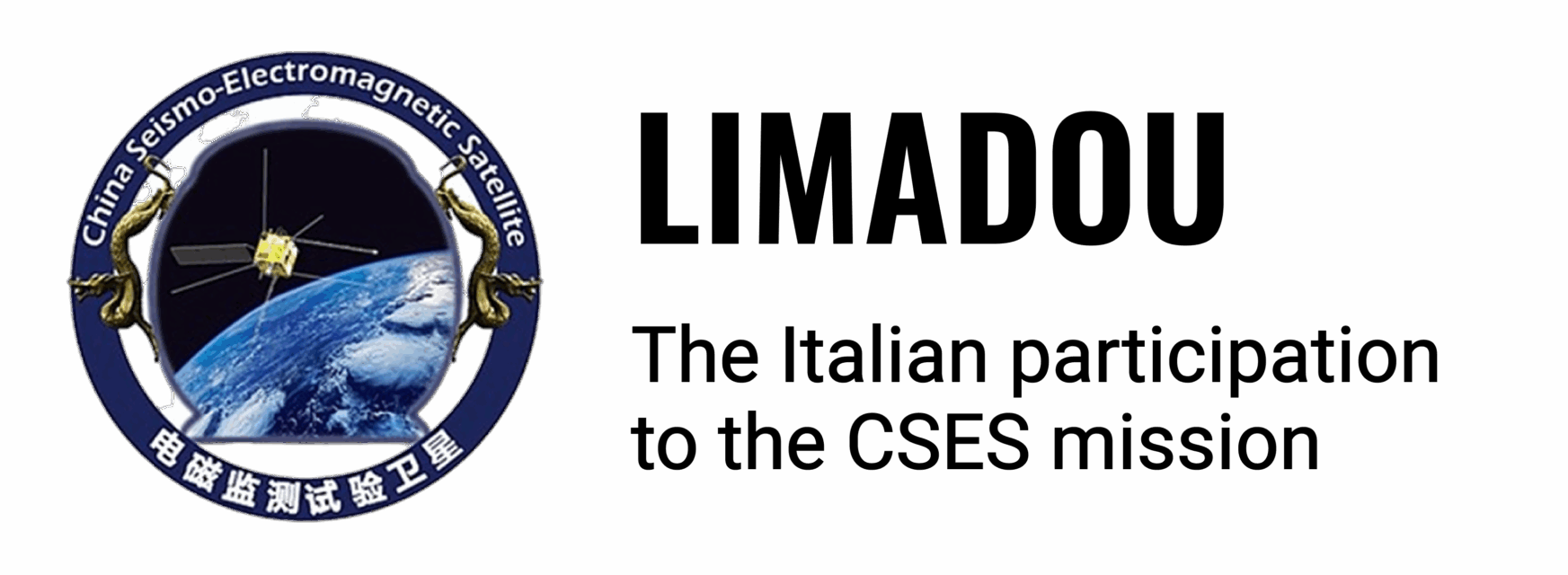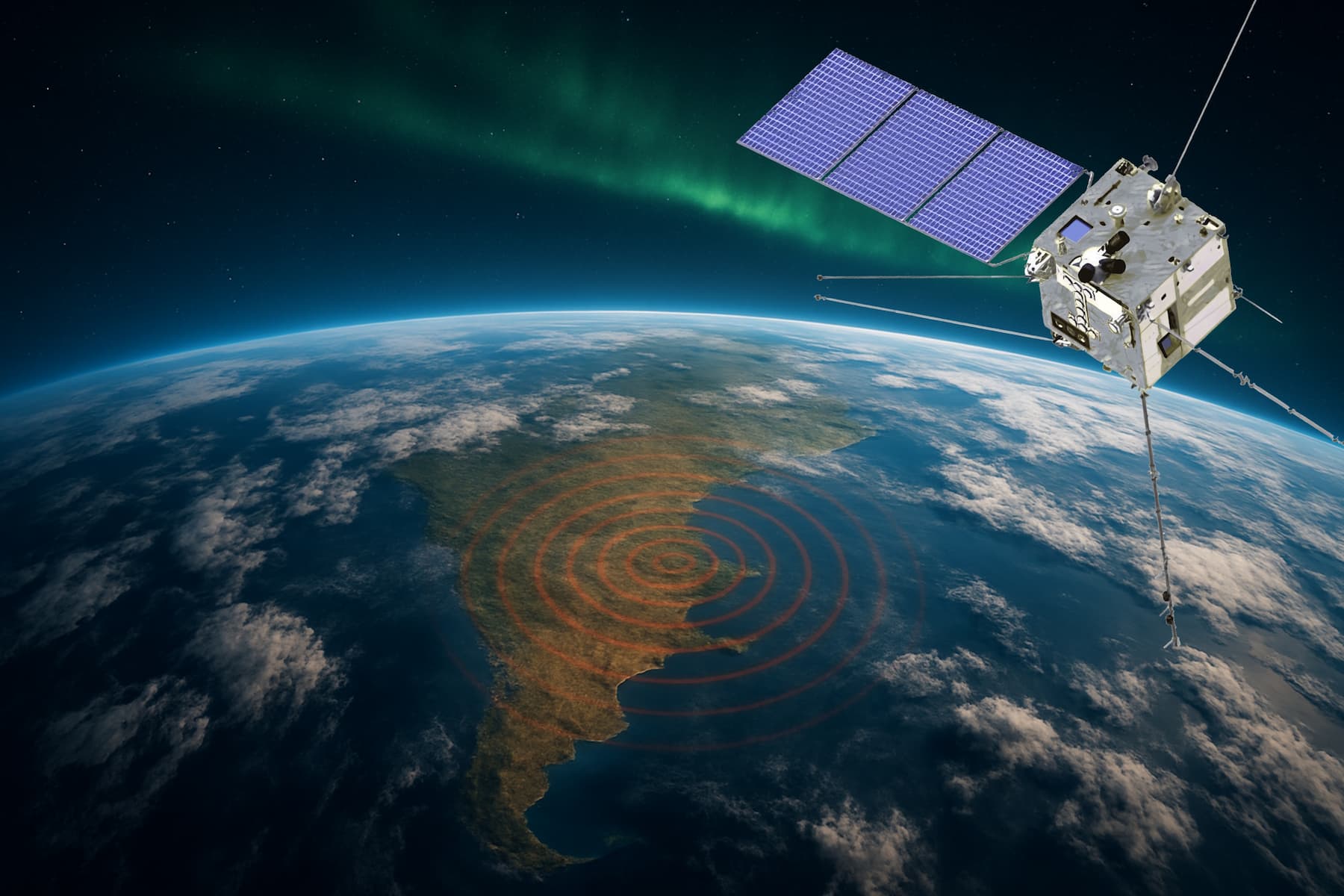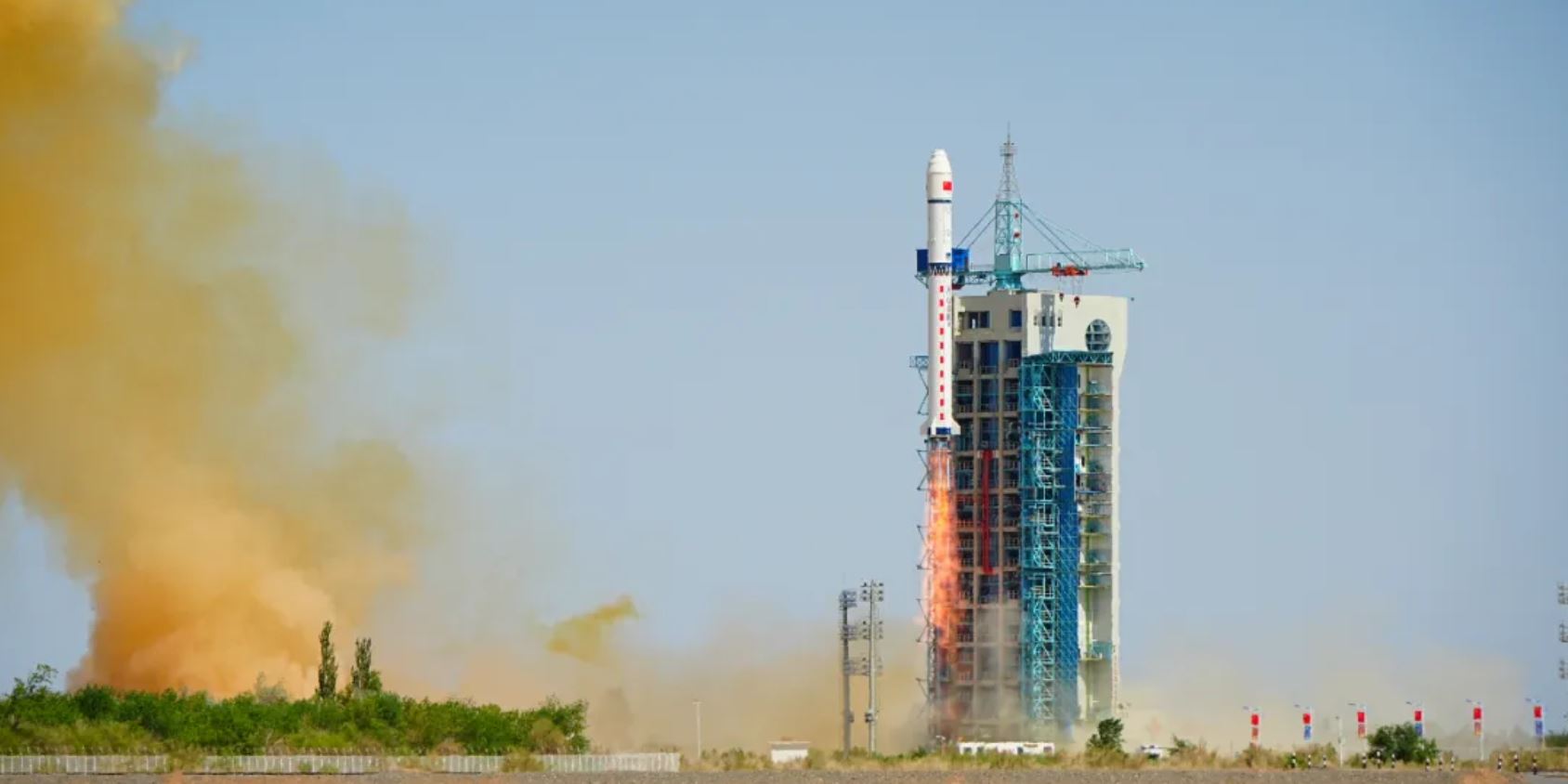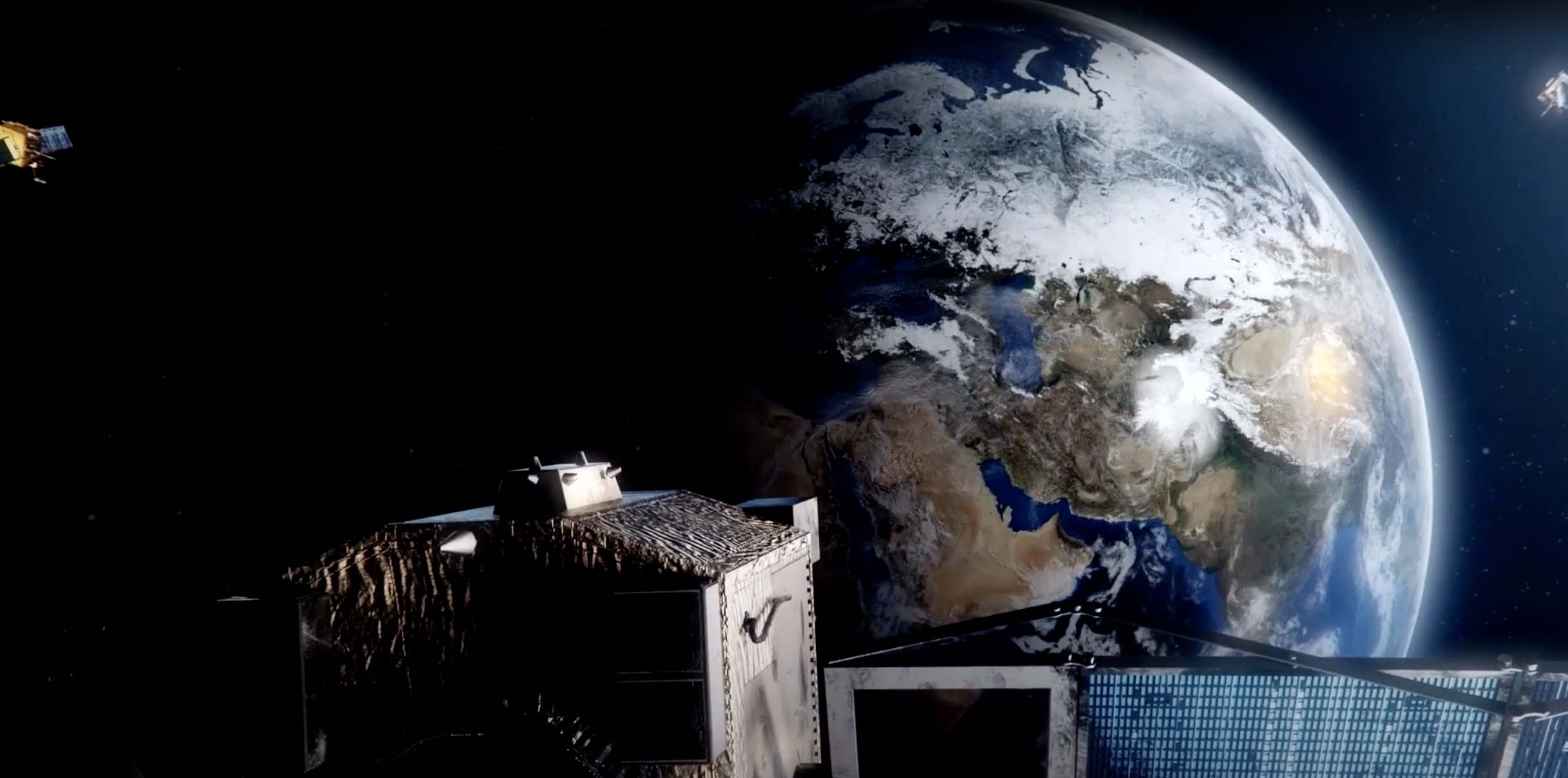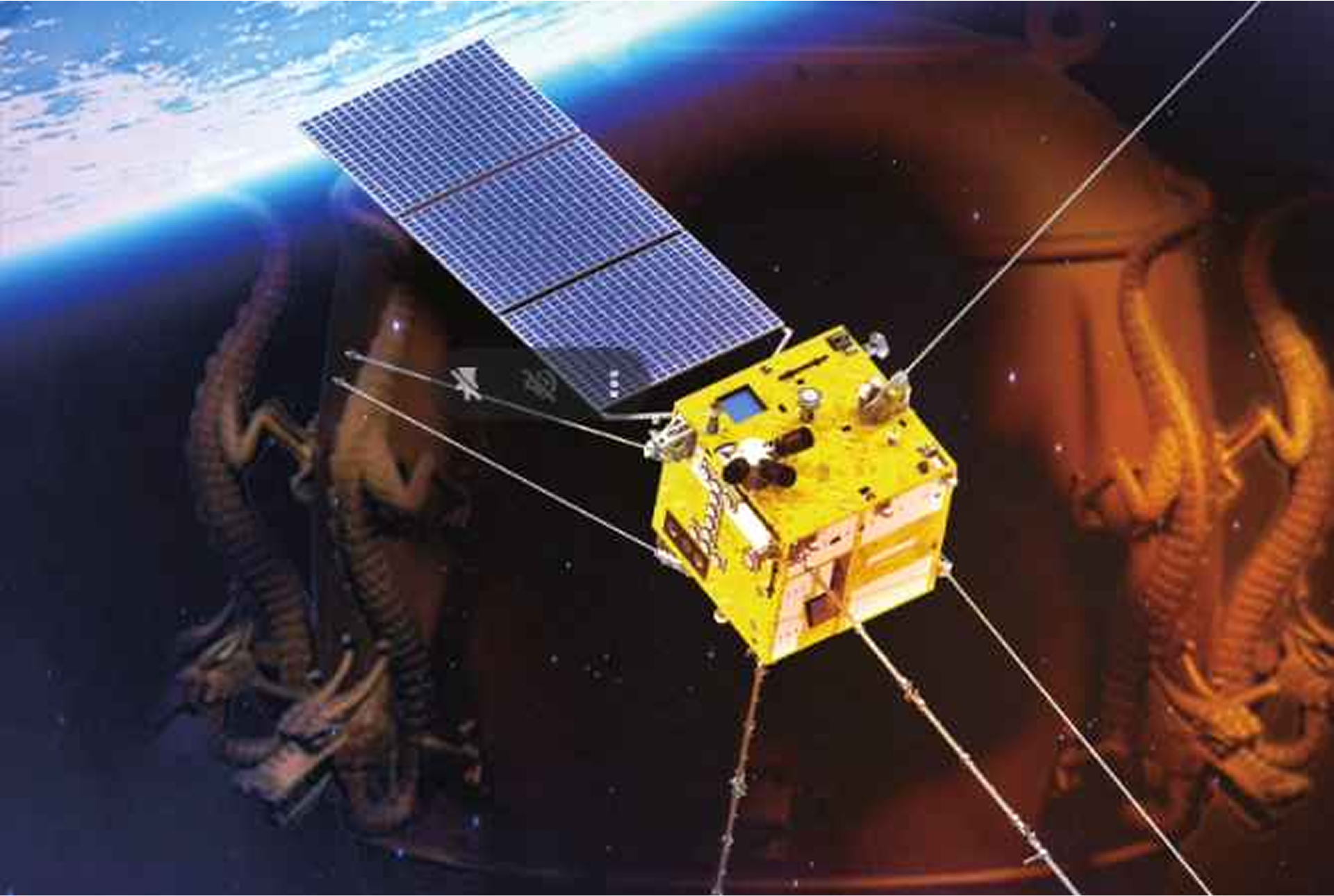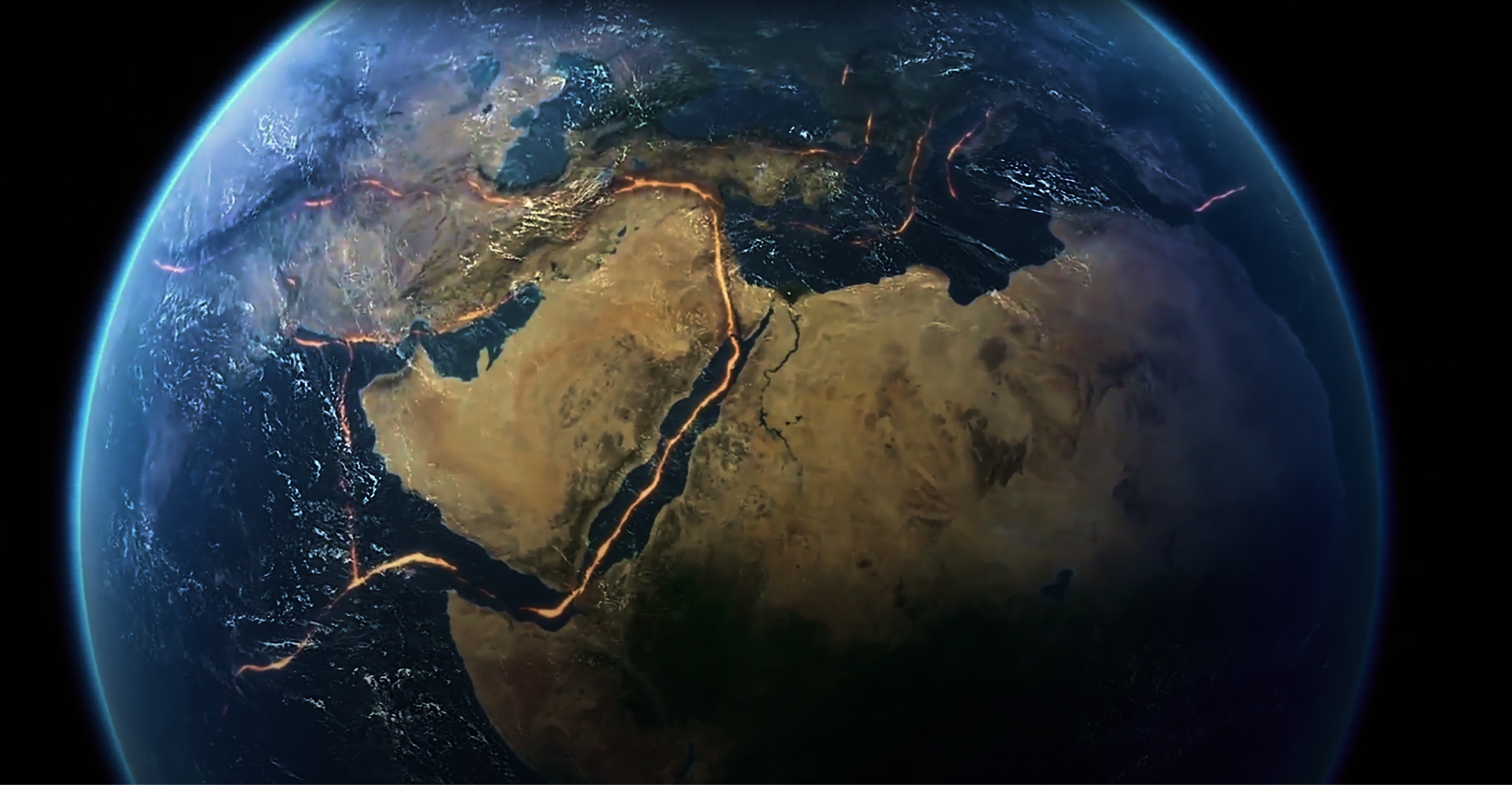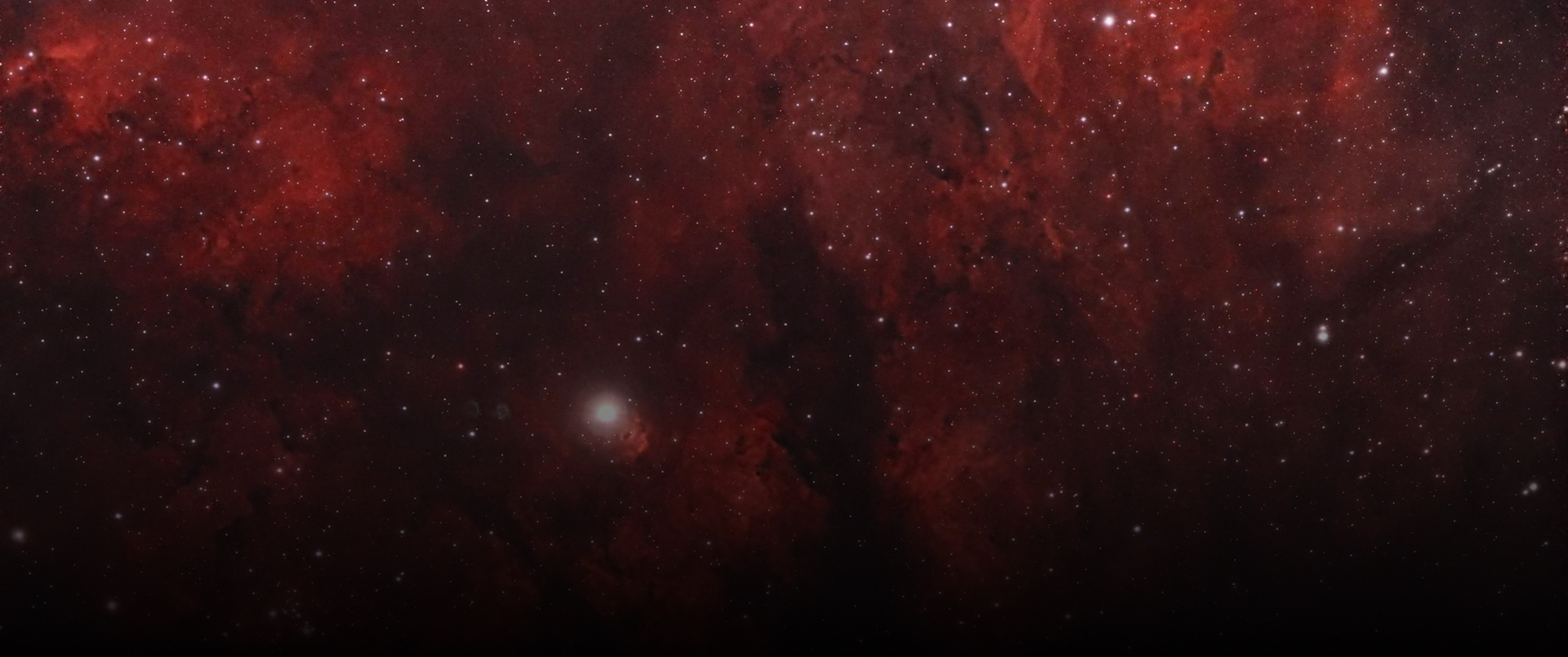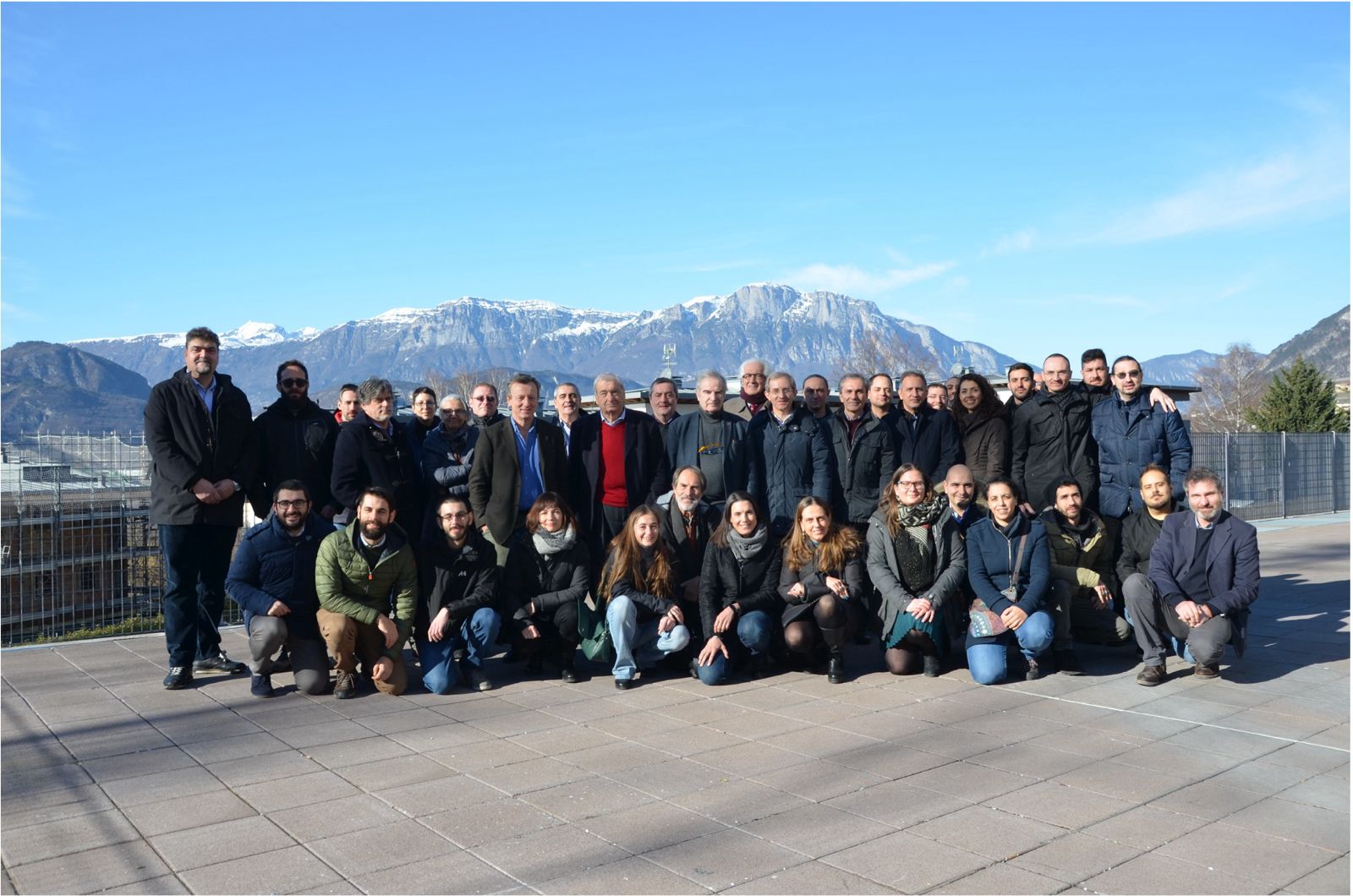The China Seismo-Electromagnetic Satellite (CSES) program is a collaborative mission between China and Italy aimed at building a constellation of multi-payload space observatories dedicated to studying Earth’s geophysical properties from space, using non-imaging remote sensing methods.
Such measures are performed by two satellites: CSES-02, launched in orbit in 2025 and CSES-01, orbiting Earth since 2018.
CSES searches for possible spatial-temporal correlations between the onset of high-intensity earthquakes and the variations that occur in Earth’s lithosphere, atmosphere and ionosphere, hopefully developing models to explain these mechanisms. The monitoring of solar activity, the study of low energy cosmic rays and South Atlantic Anomaly are also very important scientific objectives pursued by this space mission. CSES is jointly developed by the China National Space Administration (CNSA) and the Italian Space Agency (ASI) and Italy participates through the Limadou Collaboration, coordinated by ASI and INFN. The collaboration also involves a number of Italian Research Institutes (INAF, INGV and CNR) and Universities.
